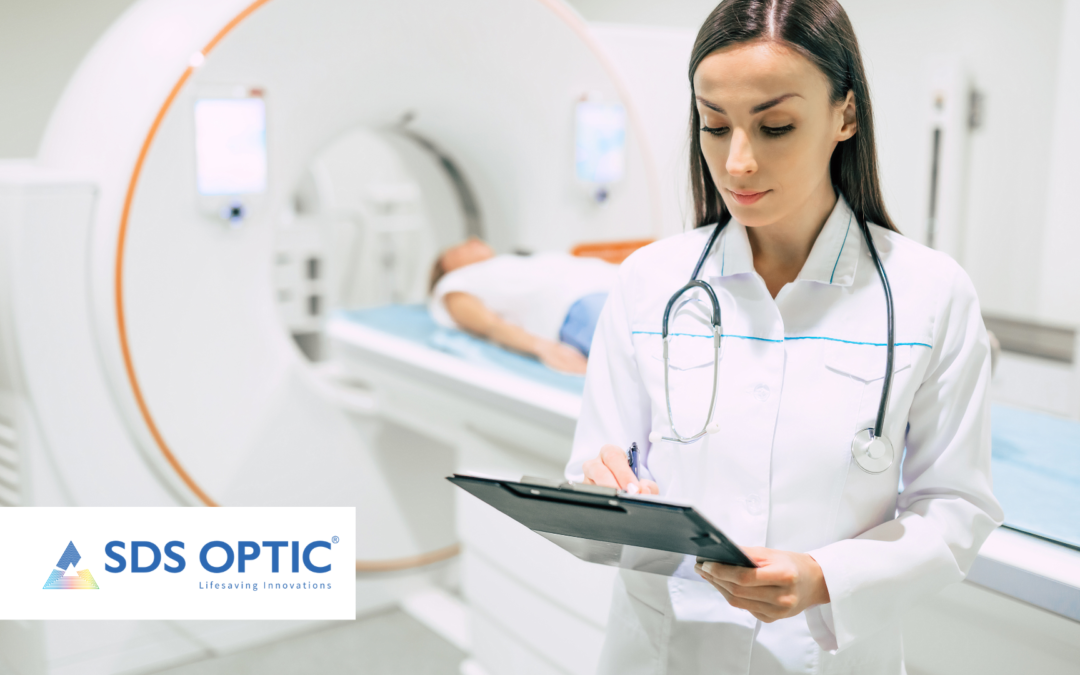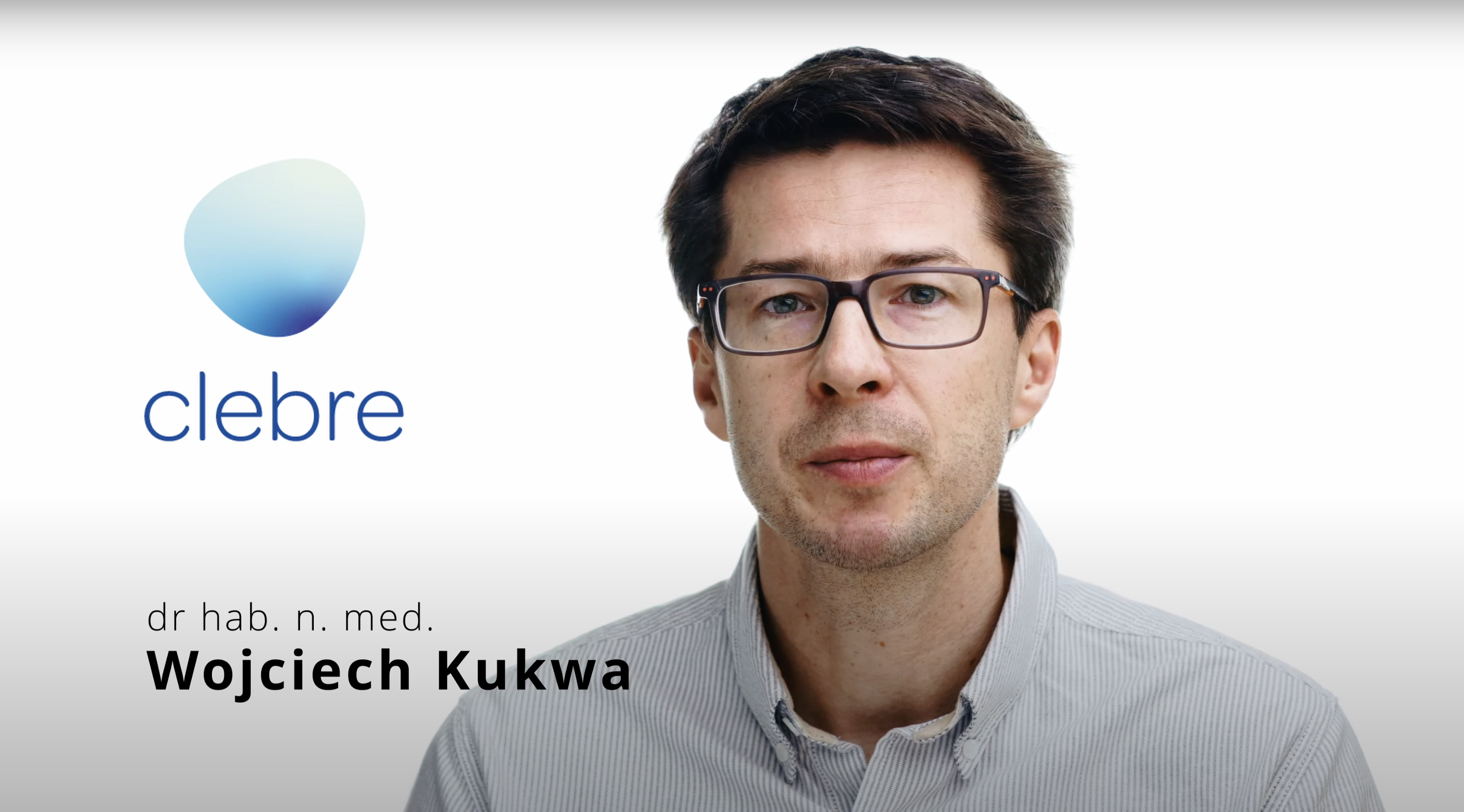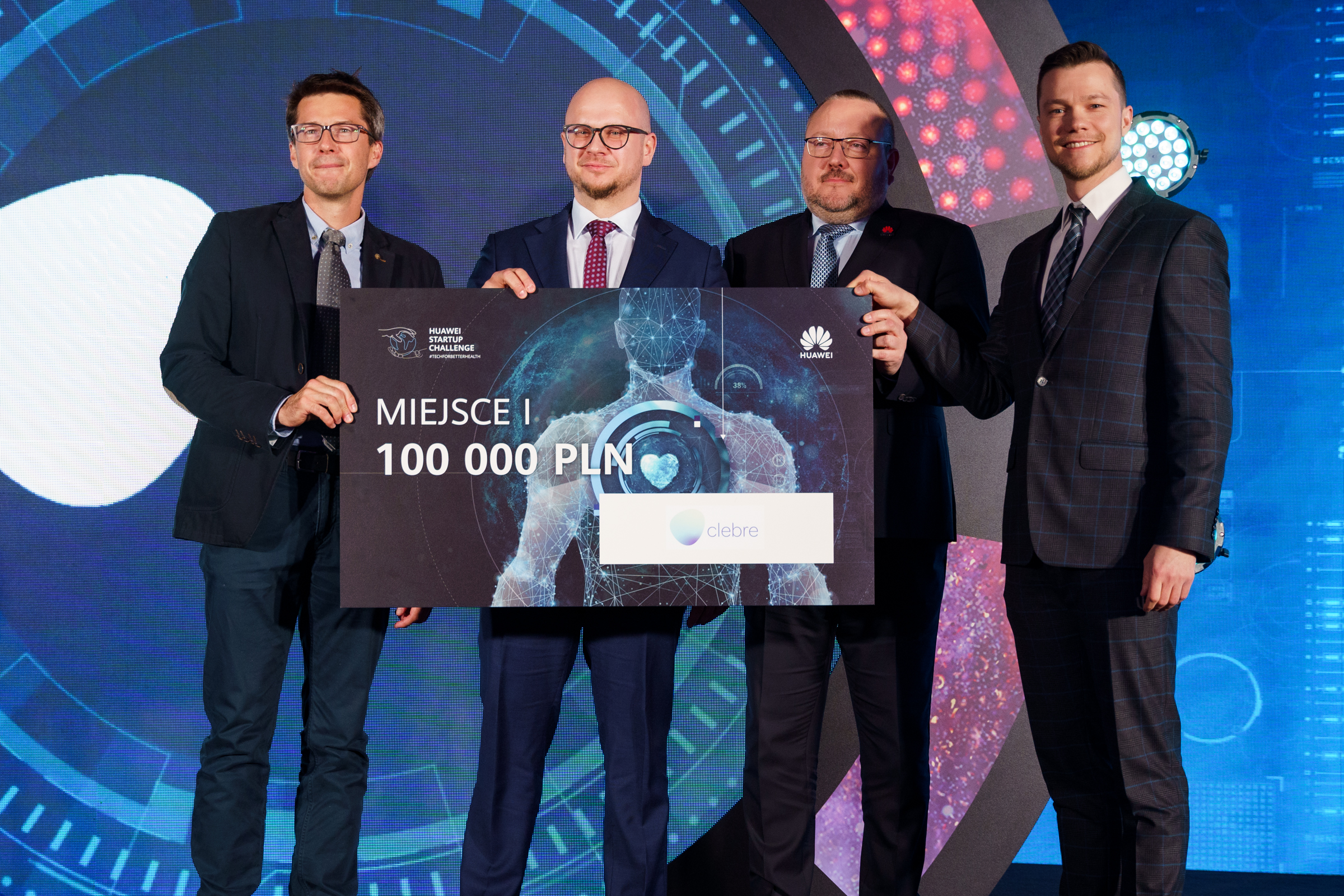The "Health Tech of the Week" initiative was created to promote interesting Polish and international solutions that have the potential to...

Health Tech of the Week: SDS Optic S.A. – A Breakthrough in Cancer Diagnostics
In today’s edition of the Health Tech of the Week series, I present SDS Optic S.A., a company that has undertaken the mission to change the face of cancer diagnostics by introducing innovative inPROBE technology, promising to revolutionize the detection and monitoring of tumors.
Modern medicine faces enormous challenges, among which the fight against cancer stands out. The statistics are alarming – nearly 10 million people die of this disease every year. Breast cancer has already surpassed lung cancer as the most frequently diagnosed cancer worldwide. Each year, about 1.7 million new cases are reported, and nearly half a million deaths occur. The founders of SDS Optic S.A. aimed to create a solution that not only addresses this problem but also solves the issues with the imperfections of existing diagnostic methods. The traditional approach, requiring invasive biopsy and a long wait for results, is not only painful for patients but also prone to human error, which can delay diagnosis and the implementation of appropriate treatment. The solution to these problems is inPROBE – a technology that allows for immediate and precise diagnosis of cancer biomarkers without the need for tissue extraction from the patient.

30 % by 2030
The vision that motivates and drives the entire team is to increase cancer survival rates by 30% by the year 2030. In 2017, the WHO published a list of recommended procedures and medical services that should be applied at an early stage of the disease to improve the chances of curing patients with cancer. The main conclusion was to emphasize the need for the global development of early cancer diagnostics, which saves lives and significantly reduces the costs associated with treatment.
To encourage decision-makers worldwide to take action in this direction, Sustainable Development Goals (SDG) were defined. One of these goals is to reduce by one-third the premature deaths caused by cancer by 2030. A similar goal was included in the mission of the European Commission in 2021, which deals with combating cancer diseases within the „Horizon Europe” program. SDS Optic S.A. identifies with this goal and therefore develops technologies for diagnosing cancer, infectious, and fungal diseases that support saving lives and health.
Painless and Effective Diagnostics
The inPROBE technology uses advanced photonics and molecular biology to identify and measure the concentration of cancer biomarkers in real-time and directly in the patient’s body. What sets inPROBE apart from traditional methods is its lower invasiveness, speed of obtaining results, and the ability to monitor the disease area precisely, not limiting itself to the analysis of an isolated tissue sample. Currently, biopsy and histopathological examination are the standards in cancer diagnostics. Biopsies are often painful, and waiting for results can be long, posing a serious problem. The speed of implementing appropriate treatment is crucial for recovery and survival rates. It should be added that currently functioning diagnostic methods only examine a sampled tumor section, not the entire disease focus (tumor and its surroundings). Moreover, measurements of this tissue sample after several days or weeks do not achieve the same parameters in the laboratory as measurements of living tissue directly in the human body.
The technology is being developed as a technological platform that can be used to monitor the effectiveness of therapy in real-time and under natural conditions (in vivo). Fiber optics quickly transmit collected data, and SDS Optic S.A.’s proprietary algorithm analyzes it and converts it into objective and accurate medical results in real-time. This means that in the future, there may be no need to wait several weeks for final results. Such a change will not only save time but also reduce stress for patients waiting for a test result.

The Gold Standard of the Future
As representatives of SDS Optic S.A. say, every groundbreaking discovery in medical history that eventually became known as the „Gold standard” had to undergo a natural process that lasted many years, supported by a wide range of stakeholders (including doctors, global companies, scientific organizations, and foundations). This was the case with magnetic resonance imaging, the first tomograph, or ultrasound examinations. Today, no one wonders which company developed or commercialized the resonance or tomograph. Only the diagnostic method, which is reliable and permanently assigned to certain disease entities, is mentioned. Scientists are currently working to ensure that the inPROBE technology enters global diagnostic practice, not only in oncology but also in infectious and fungal diseases as a new diagnostic method, and that in a few years, it can be widely used, including in molecular cancer diagnostics. The company has been listed on the NewConnect stock exchange since March 2022.
I invite you to continue following the „Health Tech of the Week” series, where we will discover more fascinating stories from the world of medical technologies that are changing the face of healthcare. If you are running an innovative project in the field of new technologies and medicine or want to recommend an interesting solution, contact us at: [email protected].
Health Tech of the Week: For Mothers and Children – 10 Startups Aiming to Revolutionize Healthcare
The Competition „Scratches Their Heads” – What Sets Polish MedTech Companies Apart
I invite you to read the second part of the conversation with Aleksander Kłósek from the Venture Capital fund YouNick Mint. This time, the expert...
Health Tech of the Week: When Team Competence Matters More Than the Idea: What MedTechs Do Investors Choose?
So far in our Health Tech of the Week series, I have focused on showcasing innovative Polish startups operating in the medical industry. In the...











